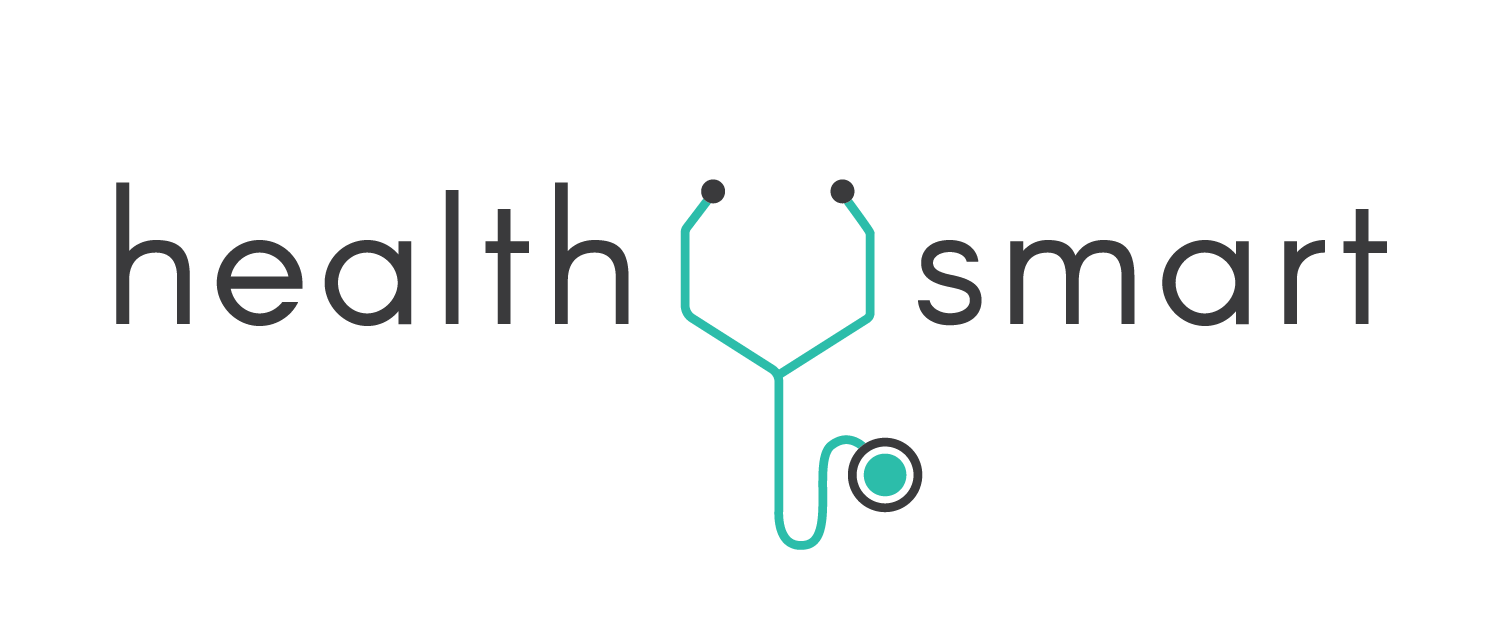View this post on Medium: https://medium.com/@aganeesh/the-quagmire-of-u-s-healthcare-will-we-ever-get-it-right-6148d99c04b7
Photo by Martha Dominguez de Gouveia on Unsplash
Earlier this year, I visited a community health center in rural North Carolina. On the curved, narrow countryside road, I passed a nondescript building three times prior to realizing that it was the clinic. It was a rather large facility, with medical, dental, and pharmacy services being offered at subsidized costs to uninsured and underinsured patients. Though it appeared promising, the clinic was undersupplied and understaffed, with just a few nurses and one physician. There was a social worker coordinated follow-ups to facilitate continuity of care; she said that it wasn’t uncommon to see individuals with chronic issues once and never again. Closed on weekends, urgent care services were nowhere nearby. In spite of these limitations, this is one of the best rural low-cost community clinic facilities I have seen.
At the other end of the spectrum, some facilities are operated purely by volunteer doctors and nurses. Surrounded by large populations of uninsured patients and being the only healthcare facility in many miles, community clinics may be forced to restrict their care to a few patients only. To make best use of the use of limited physical and human resources, certain community health centers, like the Arlington Free Clinic in Virginia, may run lotteries to determine who will be provided care, and who will not.
Photo by Luis Melendez on Unsplash
Imagine you, or worse yet — a child, being turned away from a specialty care community clinic due to being overwhelmed at capacity, and then being told to enter the lottery again next month. By American society’s expectations, especially in more urban areas, this would be unacceptable. Though rural and community care facilities operate to deliver financially affordable care to individuals without insurance, they leave much to be desired. However, this is a reality that exists in the U.S. healthcare system in more than one place.
Healthcare accessibility, strongly correlated with insurance coverage, poses perhaps the greatest threat to national public health. As the only developed country in the world without universal healthcare, a resolution for the U.S. is of high priority. Former President Barack Obama was a proponent of equitable healthcare, describing it as a right and not a privilege, instituting the Affordable Care Act and the individual mandate. By 2016, about 27 million Americans were without health insurance, a drop of 17 million from the figure in 2013.
However, this progress appears unsustained. In his first year in office, President Trump signed the Tax Cuts and Jobs Act on December 22, 2017. This effectively removed the tax on those who opt-out of the healthcare mandate. It has been predicted that, as a result of disincentivizing obtaining coverage, an additional 13 million Americans will be added to the current figure of 27 million by 2027. This is only marginally different than the statistic in 2013.
Privatization also plays a role in hindering a system of universal care. Insurance companies comprise one of the largest lobbying groups, spending hundreds of millions annually. Profit is at their core, and without adequate regulation, private health insurance corporations will act in the interest of financial growth over that of the patients who entrust them with their lives. With multiple parties, private and public, political agendas, and inadequate oversight, it is without surprise that the U.S. system is deeply entrenched in a messy quagmire.
While these issues receive exhaustive coverage from media sources, they are not the only causes of U.S. healthcare’s inefficiency and nebulous complexity.
As a society of instant gratification, we place a large burden on our health system infrastructure when we demand care in a similar way. Canada’s system is often referenced as superior in current discourse, noting its merits of universality and affordability. However, what some fail to recognize is the price that Canadians pay for socialized medicine. Funded by higher levels of taxation and longer patient waiting times for less-urgent procedures, Canada’s health systems have the human and capital resources along with public cooperation to enable universal care.
With two-hour package delivery and the desire for greater tax cuts, American society has become accustomed to the “right here, right now” mentality, and with less available tax dollars, universal healthcare is unlikely and simply illogical.
Photo by Josh Johnson on Unsplash
Thomas Jefferson wrote of “Life, Liberty, and the Pursuit of Happiness” as the unalienable rights endowed to all. Preserving the right of life most completely, however, is a challenge we have yet to solve. Systemic problems, including discrepancies in quality of care, accessibility to appropriate providers, privatization of insurance, and the public’s demands prevent the development of an adequate solution. We’ve not made much progress in the last decade. The right to healthcare is a unifying force, something that we all share; curing the U.S. healthcare system and coming closer to universality will require unwavering commitment, definite sacrifices, and the prioritization of public health from each player: the individual, legislators, and private enterprise.




